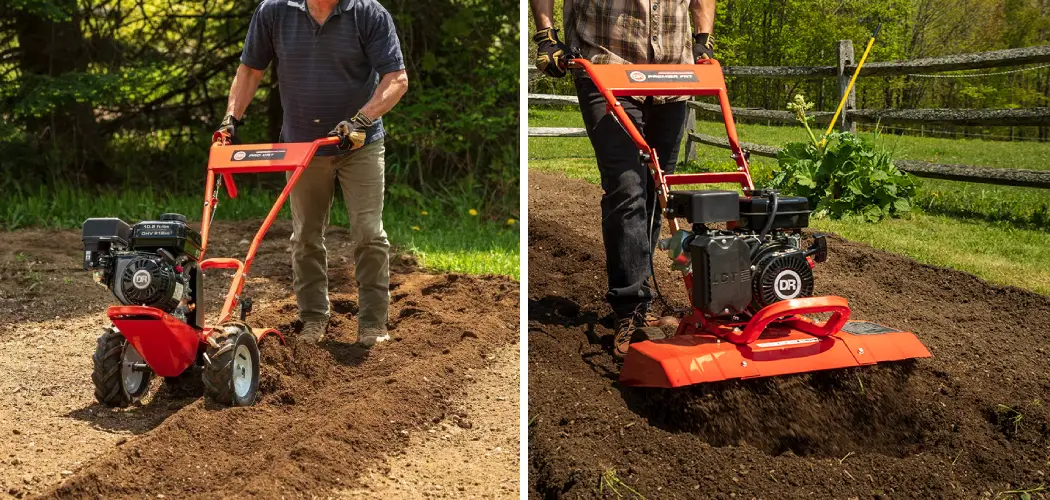Front tine tillers are a useful tool for any gardener. They work by breaking up the soil, making it easier to plant and maintain your garden. These tillers use their rotating blades to loosen the compacted soil, allowing air and water to penetrate deeper into the ground. This promotes healthy root growth and helps prevent weeds from taking over.
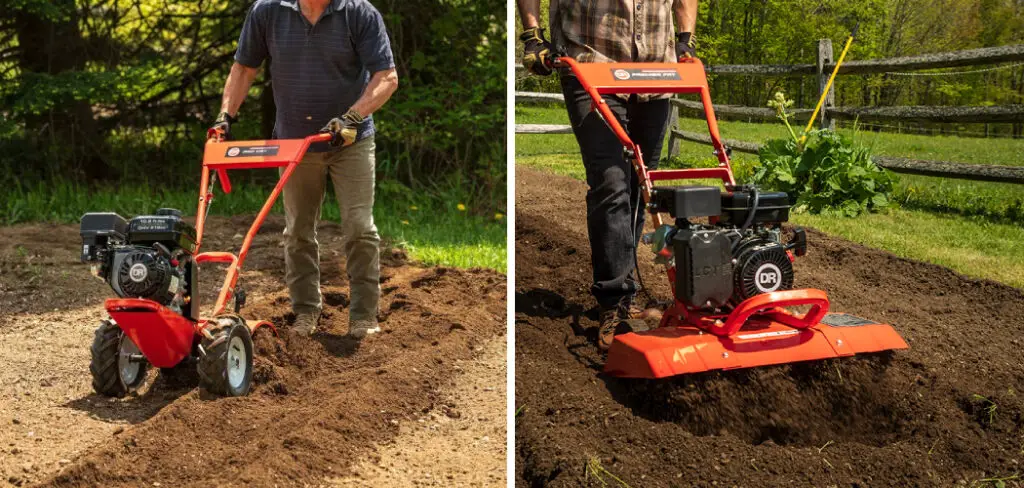
The main advantage of using a front tine tiller is its versatility. They are lightweight and easy to maneuver, making them suitable for small or medium-sized gardens. They also come in various sizes, so you can choose the one that best fits your needs. You can find step-by-step instructions on how to use front tine tiller in this blog article.
Step-by-step Instructions for How to Use Front Tine Tiller
Step 1: Inspect the Tiller
Before starting to use a front tine tiller, it is crucial to inspect the machine and make sure that all parts are in good working condition. Check for any loose bolts or screws, damaged blades, or any other signs of wear and tear. If you notice any issues, it is important to address them before using the tiller.
Step 2: Choose the Right Area
When choosing the area to till, make sure it is free of any rocks, large debris, or deep-rooted vegetation. This will prevent damage to your tiller and ensure a smoother tilling process. Familiarize yourself with the controls on your front tine tiller. These can vary depending on the model, but typically include a throttle control, depth adjustment lever, and tine engagement lever.
Step 3: Fill Up Fuel Tank
Make sure your tiller has enough fuel to complete the task at hand. Consult the owner’s manual to determine the type of fuel required for your specific model. Using the depth adjustment lever, set the tines to the desired depth for your specific tilling needs. It is recommended to start with a shallow depth and gradually increase it as needed.
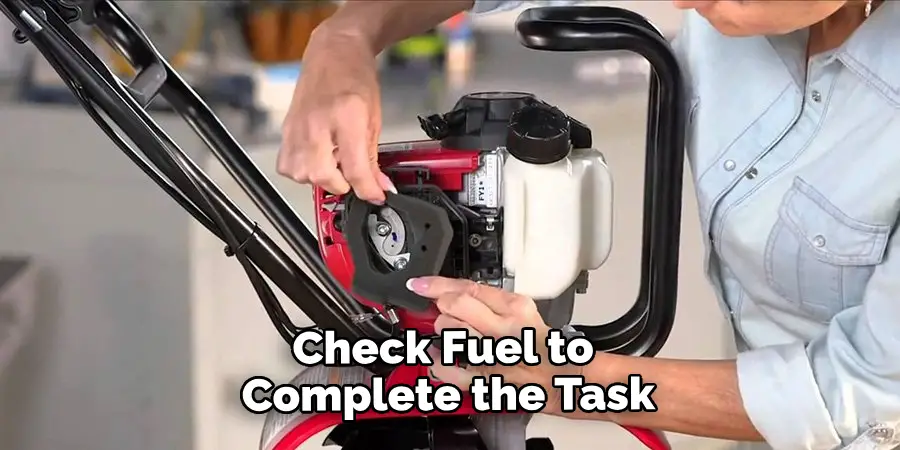
Step 4: Start the Tiller
Follow the starting instructions in the owner’s manual to start your front tine tiller. This typically involves pulling a recoil starter or using an electric start button. Once the tiller is started, engage the tines by pulling the tine engagement lever. This will start the tilling process.
Step 5: Walk Behind the Tiller
While operating the tiller, it is important to walk behind it and not in front of it. This will ensure your safety and prevent any potential accidents. Move the tiller in a straight line, overlapping each pass by about 6 inches. This will ensure that the entire area is evenly tilled. If you encounter any obstacles or hard soil, use the depth adjustment lever to adjust the tines accordingly.
Step 6: Turn Off and Clean Up
Once you have finished tilling, turn off the tiller and let it cool down. Inspect the machine for any debris or residue and clean it off before storing it away.
By following these simple steps, you can easily and safely use a front tine tiller to maintain your garden. Remember to always read the owner’s manual for specific instructions on how to operate your particular model.
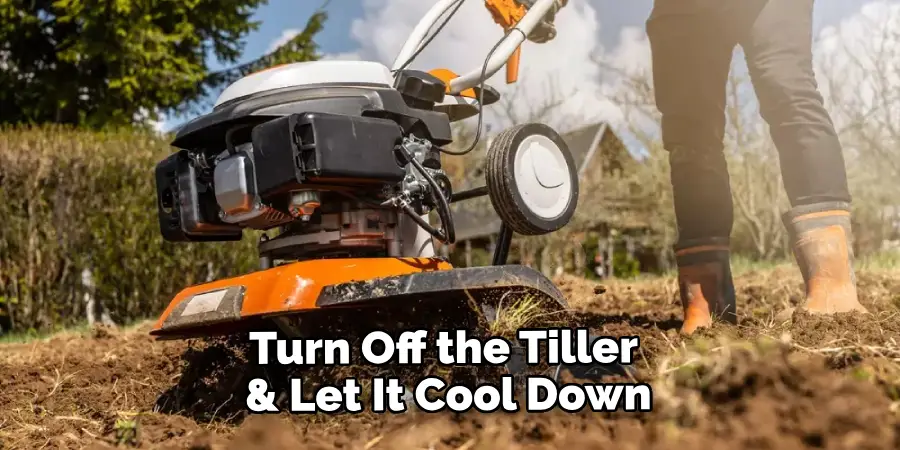
Safety Tips for How to Use Front Tine Tiller
- Always read the manual carefully before using a front tine tiller, as different models may have specific instructions and safety precautions.
- Wear appropriate clothing and protective gear, such as closed-toe shoes, long pants, gloves, eye protection, and earplugs to protect yourself from possible debris or noise.
- Before starting the tiller, ensure that it is on a level surface and the engine is off, as well as making sure there are no objects or people in the immediate work area.
- Use caution when starting the tiller by pulling the starter cord gently and keeping a firm grip on it at all times.
- When using the tiller, keep a safe distance from any bystanders or pets to prevent potential accidents.
- Avoid tilling on steep slopes or uneven terrain, as this can cause the tiller to lose traction and potentially tip over.
- After use, turn off the engine and wait for all moving parts to come to a complete stop before inspecting or performing maintenance on the tiller.
In addition to these safety tips, there are also some general guidelines to keep in mind when learning how to use a front tine tiller.
Are There Any Maintenance Tasks You Should Perform on Your Front Tine Tiller?
As with any gardening tool, regular maintenance is essential to keep your front tine tiller in good working condition. Here are a few tasks you should perform on a regular basis:
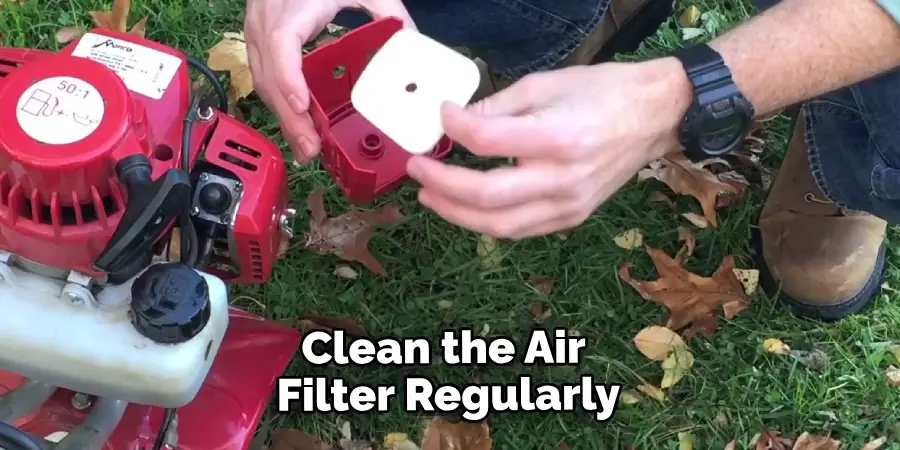
- Check the oil levels and change the oil as needed, following the manufacturer’s instructions.
- Inspect and clean the air filter regularly to ensure proper airflow.
- Keep an eye on the tines and replace them if they become worn or damaged.
- Lubricate any moving parts, such as the wheels and tine shaft, to prevent rust and ensure smooth operation.
- Store the tiller in a dry, covered area when not in use to protect it from the elements.
By following these maintenance tasks, you can extend the lifespan of your front tine tiller and ensure it continues to perform well.
What Are Some Common Mistakes to Avoid When Using a Front Tine Tiller?
Learning how to use a front tine tiller may take some trial and error, but here are some common mistakes to avoid that can save you time and frustration:
- Overworking the tiller by trying to till too deeply or too wide of an area at one time.
- Not adjusting the depth bar or drag stake properly, resulting in uneven tilling depth.
- Forgetting to engage the tines before starting the tiller, leading to difficulty in controlling it.
- Using incorrect fuel or not following the correct fuel-to-oil ratio for 2-cycle engines.
By avoiding these mistakes and following proper techniques, you can ensure a successful and efficient tilling experience.
Troubleshooting Front Tine Tiller Issues
As with any piece of equipment, you may encounter some issues while using your front tine tiller. Some common problems include difficulty starting the engine, uneven tilling or depth control, and excessive vibration. Here are some troubleshooting tips to address these issues:
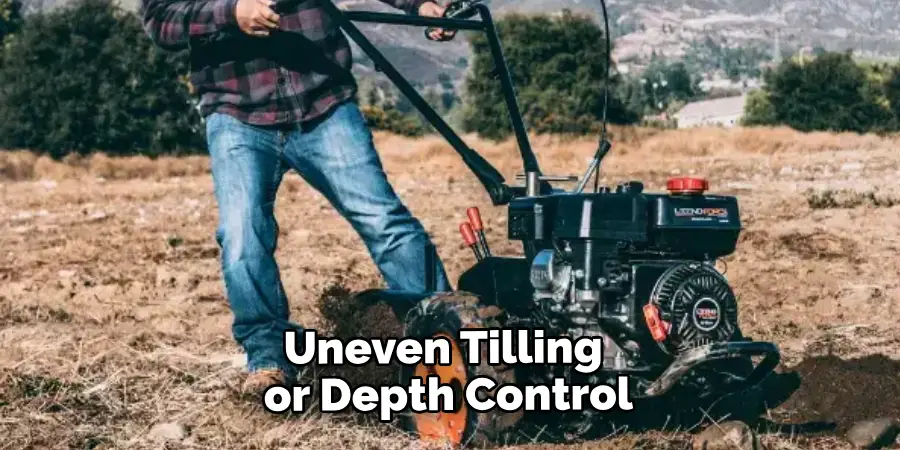
1. Difficulty Starting the Engine
This could be due to a variety of reasons, such as an empty fuel tank, a clogged air filter, or old spark plugs. Make sure to check these components and replace or refill them as needed.
2. Uneven Tilling or Depth Control
If your tiller is not tilling the soil evenly or at the desired depth, check that the tines are properly adjusted. You may need to adjust the depth control bar or angle of the tines to achieve your desired results.
3. Excessive Vibration
If you notice excessive vibration while using your front tine tiller, it could be caused by loose bolts or a bent tine. Make sure to tighten all bolts and replace any damaged tines.
If these troubleshooting tips do not resolve the issue, it may be worth consulting the manufacturer’s manual or contacting their customer service for further assistance.
Benefits of Using a Front Tine Tiller
A front tine tiller offers many benefits compared to other gardening tools such as manual cultivators or rear tine tillers. Some of these benefits include:
1. Efficiency
Front tine tillers are designed to make tilling larger areas of land easier and faster compared to manual cultivators. They also have a wider tilling width, allowing you to cover more ground in less time.
2. Easy Maneuverability
The design of front tine tillers allows for easy maneuvering around plants and in tight spaces. This makes them especially useful for small gardens or raised beds.
3. Affordability
Compared to rear tine tillers, front tine tillers are typically more affordable and offer similar results. This makes them a great option for those on a budget.
4. Versatility
Front tine tillers can be used for more than just tilling. Many models come with attachments such as aerators, dethatchers, and edgers, making them a multi-functional tool for your gardening needs.
5. Ease of Use
Front tine tillers are relatively easy to use, even for those new to gardening or using equipment. They require minimal setup and maintenance, making them a convenient choice for any gardener.
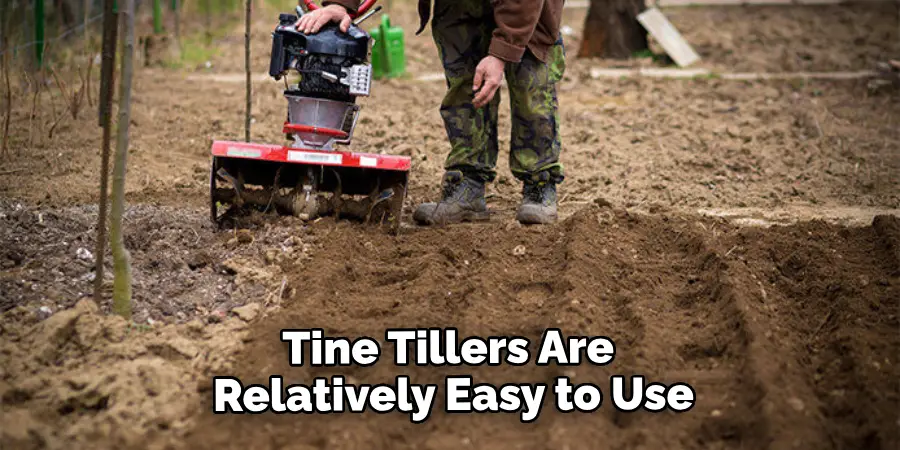
In conclusion, a front tine tiller is a valuable gardening tool that offers efficiency, versatility, affordability, and ease of use. By following proper usage techniques and troubleshooting tips, you can ensure smooth operation and get the most out of your front tine tiller for all your gardening needs.
Conclusion
In conclusion, using a front tine tiller can greatly improve the efficiency and effectiveness of your gardening tasks. With proper knowledge and technique, you can easily prepare your soil for planting, cultivate and aerate it as needed, and efficiently maintain your garden throughout the season.
One of the key things to remember when using a front tine tiller is to always read the manufacturer’s instructions and safety guidelines before operation. This will ensure that you operate the tiller safely and avoid any accidents or damage to yourself or the equipment.
Another important factor is to choose the right size and power of the tiller for your specific gardening needs. A smaller garden may only require a lightweight and compact tiller, while a larger garden with tougher soil may benefit from a more heavy-duty tiller. I hope reading this post has helped you learn how to use front tine tiller. Make sure the safety precautions are carried out in the order listed.
You Can Check It Out to Store Garden Soil

